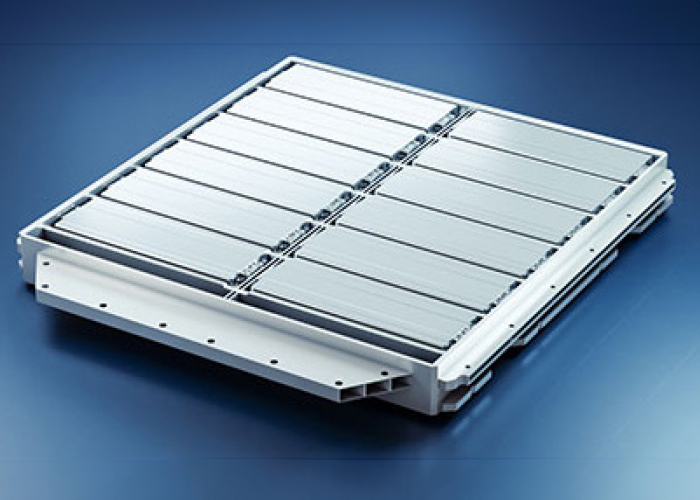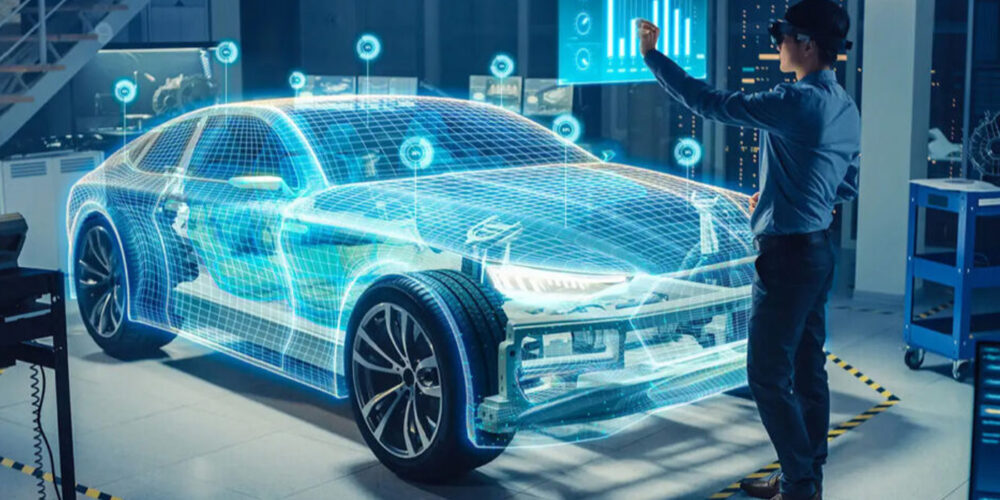What does it take to set up a shop for the vehicles of today and tomorrow? I was recently asked this question by a shop owner, but like many questions about the future of our industry, it’s kind of a loaded question, as there are so many particulars to discuss that make the answer very long.
Business and technology changes are shaping our industry for some big transformations in how we operate. Are you thinking ahead for your shop?
What does a shop owner need to be thinking about to prepare for the future? Let’s look at a few things he or she will need to process. Keep in mind that these are not the only considerations; they’re just a few relating to how to set up your shop for personnel, workflow and storage.
Attracting Top Talent
First impressions are made in seconds and take a lifetime to change. Attracting customers has always been a concern for every shop, but today’s work environment and the shortage of technicians requires shops to also consider attracting the right people to work on their customers’ vehicles.
Look at your shop and ask yourself: What is the first impression your shop makes to a potential technician? Does your shop look organized? Is the equipment cared for? Do technicians have enough room to work? Is there a parts storage area and management system or process? Does your shop have capabilities or a plan for new vehicle electronics or battery-electric vehicles (BEVs)? Technicians are becoming savvier about choosing a shop to work at and are weighing more factors than they did in the past.
Over the years, I’ve asked the question, “What do you look for in choosing a shop?” to many technicians who I’ve worked with and also newcomers, and I’ve gotten some interesting answers.
Today, good technicians know they have a choice of whatever shop to work at that they wish. The shops that are most appealing are those that have a clean working environment, updated and well-kept equipment, comfortable workspaces and room to move – these things are as important to techs as pay and benefits.
Don’t get me wrong – techs want to turn their hours and want shops that have enough work to make those hours. But they’re very aware of the hi-tech vehicles that need to be repaired in the future. Is your shop set up to not only work on those vehicles, but also attract the talent to do the work?
Rethinking shop Layout
We’re no longer working on cars and trucks; we’re repairing computers on wheels. All automakers will introduce more and more new electronic systems every year. As a result, the vehicles shops are repairing today and will repair in the future will require more space to complete or validate repairs with calibrations.
More shops are rethinking their layouts or changing the workspaces that they currently have. It’s no longer a nuisance to have to find level space in the shop to complete a calibration on a vehicle; now, it’s becoming a necessity.
Having enough level working space for technicians doing calibrations is a difficult challenge in shops where real estate is at a premium. I’ve seen many shops invest in fixing and leveling floors in workspaces to accommodate calibrations. I’ve also seen shops with limited space start looking upward to find more space, as spreading out is limited or not an option. Mezzanines and lofts are becoming more of the norm for storing parts and items that are not needed every day. Storage containers in parking lots are also becoming a solution to storing parts, equipment and BEV batteries.
Between advanced driver-assistance systems (ADAS) and headlights, as well as alignment verification, a level datum plane or floor is a critical piece, too. Vehicle manufacturers have guidelines for servicing their vehicles, and most parking lots do not meet the specifications. Yes, it is possible to make a level surface in a parking lot, but wind and sun glare as well as shadows and background clutter for cameras and radars now become a factor for calibrations. Where is your space, and have you validated that it’s level? Planning now (if you haven’t already) would be the most proactive thing you can do.
Internet
An absolutely critical piece to laying out your shop and plans for the electronic future is having a good internet connection in every space and corner of your shop and where work is performed. This is a piece that is often overlooked and, as a result, leads to a lot of frustration for technicians.
Do not underestimate the internet speed needed to repair vehicles today and tomorrow; scan tools will need very fast and secure connections to complete updates, diagnostics and programming of components. Internet speed and connectivity can be the difference between success and failure in programming a vehicle.
Think through not just the space and internet connection, but electronic equipment such as scan tools and targets. Do aftermarket systems cover the vehicle you’ll be repairing? Do you need an OE solution? Training must also be factored in. Do you have the volume for a dedicated technician, or is the volume increasing to the point where you need to plan for a dedicated spot or technician now? With 89% of the vehicles being manufactured today equipped with some form of ADAS, rethinking your electronics layout or plan might be in order.
BEVs
BEVs are here and more are coming. This is not the same as hybrid-electric vehicle (HEV) planning. Yes, the safety and precautions are similar, but there are some major differences. For example, the batteries are not the small, compact versions we’ve seen in the past.
There are literally hundreds of training courses and materials out there for all to research. I encourage you to do your research and training as it will make a difference in how you lay out your shop to repair these vehicles.
There are safety needs regarding vehicle combustion issues as well as the need for hoists, not only for the vehicle but for battery removal. Also, large, strong tables are required to store and service the batteries. The batteries being stored will take up as much space as the vehicle being repaired. All these factors must be considered when repairing a BEV – and the fact that you may have more than one at a time.

Have you thought of where you’ll store an EV battery that is slightly smaller than the size of the car you’re repairing?
When thinking about how to lay out the workflow and process for BEV vehicles, consider that the batteries are large and can weigh hundreds or thousands of pounds, depending on the manufacturer. Make no mistake about the weight specifications: The table and the wheels must be able to hold securely for transportation and storage. Floors with drains and other obstacles in the way of heavy objects being rolled on wheels will put tremendous stress on points during motion. Many shops build their own tables and think of only when the battery is stationary. Imagine rolling 1,500 pounds across your floor and hitting the drain! Will the legs and wheels hold up to that stress? Will your drain? Having a clear lane from where the vehicle is being repaired to where the battery will be stored is a consideration to take into your shop’s plan.
Also note: if you plan to build your own table, consider that manufacturers recommend certain tables with access points to service the batteries when damaged or for procedures on cooling systems for the battery packs. Building your own table may force you to adjust or shift the battery position for a procedure that may put a technician at risk from the weight of the battery, as well as voltage if the battery gets damaged. Technician safety should always be your top priority. Just making do may have a cause and effect we all wish to avoid. Also, think about where you’ll store the tables when they’re not in use.
Imagine where you’ll be storing this battery that is slightly smaller than the size of the car you’re repairing. How will you keep it dry and safe? By using the word safe, I also mean safe for your technicians, too, as far as avoiding setting things on top of it or possibly hitting or damaging a component they should not be touching. There is always somebody who will have to test the sign that says, “Do not touch.” Having a dedicated storage spot for not just one but multiple batteries may need to be planned for in the very near future.
Researching the requirements of the vehicle you’ll be servicing is important to your shop’s future. You may not need to plan for every year, make and model, but look at what you’ll need for much of the work that you’ll do.
The repair shop of the past will need to change and adapt with the future. Fair warning – if you haven’t thought about how your shop layout will work for the future … you’re already late!














